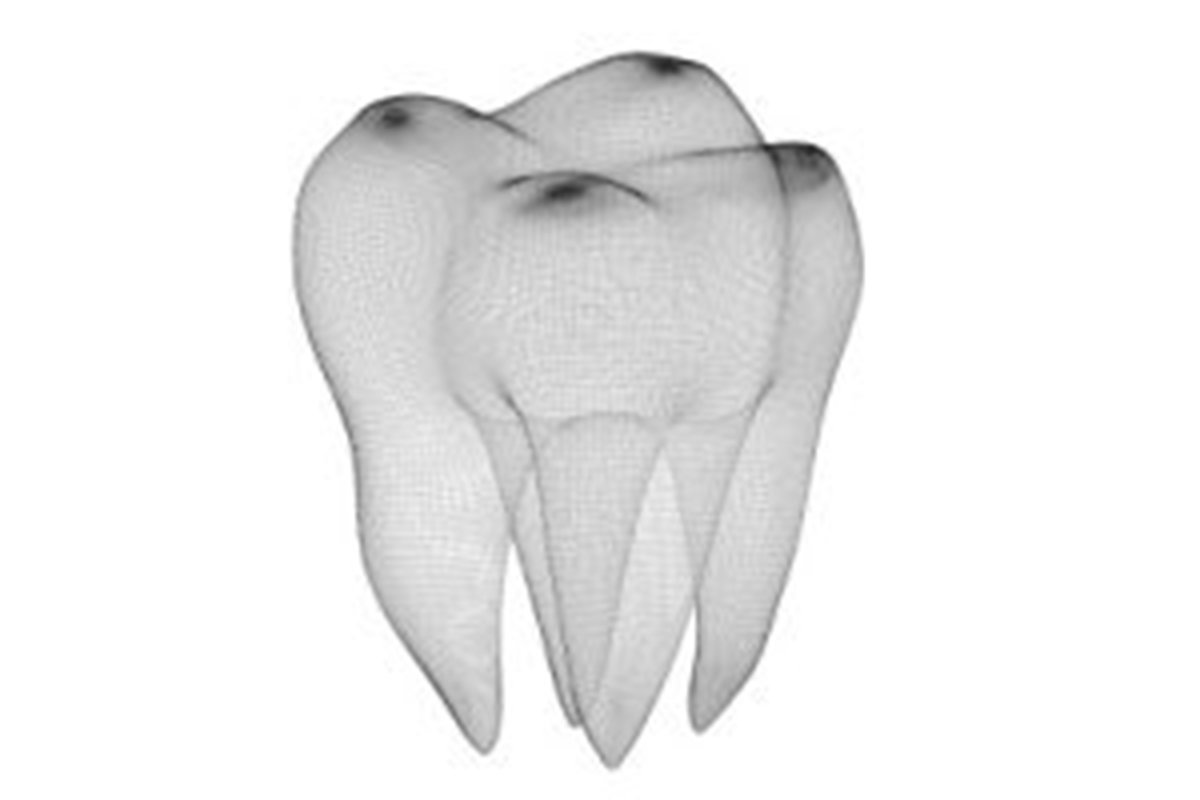
19
Oct
What’s the Purpose of Periodontal Charting?

Have you ever wondered why your dentist calls out numbers to the assistant while checking your teeth? This is periodontal charting, also called probing or periodontal screening, and it is a critical part of your annual dental exam.
What is Periodontal Charting?
Periodontal charting is the process of measuring pockets – the space between a tooth and the gum tissue surrounding it. Your dentist or dental hygienist uses an instrument known as a probe and carefully inserts it into this space. The probe has markings like a tape measure that indicates how deep it can reach into this space to check the overall health of your gums.
Generally, your dentist takes six measurements for every tooth to ensure that all areas of your mouth are reviewed. Alongside these measurements, they also check for bleeding of the gum tissue and areas of gum recession.
Healthy gum tissue typically has pockets measuring 1-3 millimeters and fits snugly around your tooth. Measurements of 4 millimeters and deeper are concerning since plaque and bacteria could be causing the tissue to inflame and pull away from the tooth. Areas with higher readings are often more sensitive to probing.
In severely diseased areas, probing depths can reach as high as 12 millimeters. These problem areas are known as periodontal pockets and are generally challenging to keep clean at home. A periodontal chart helps your dental professional organize the information about your gums and diagnose and treat the disease.
The Meanings of the Measurements
Periodontal charting is a thorough process and can significantly improve your chances of maintaining all your teeth. Pocket depths indicate how healthy your gums are, and the typical range of measurements include:
- 0-3mm without bleeding: Perfect! It means that there are no dental problems, and you are doing great with your overall oral health!
- 1-3mm with bleeding: Early signs of gingivitis. You will need to improve your at-home oral care and increase the frequency of regular professional cleanings to maintain your oral health.
- 3-5mm with no bleeding: This is an indication that there is a potential for gum disease. A routine dental cleaning cannot reach below 3mm, so you will need deep cleaning visits to improve your oral health.
- 3-5mm with bleeding: This is an early stage of gum disease or the beginning of periodontitis. This may require additional treatment, improved home care, and three to four deep cleaning visits to your dentist every year.
- 5-7mm with bleeding: This is a sign of soft and hard tissue damage coupled with bone loss. Definitive treatment is required over multiple dental visits. You also need to improve home care and schedule many more hygiene visits to prevent tooth loss.
- 7mm and above with bleeding: This is the advanced stage of periodontal disease and will require aggressive treatment. Your dentist might recommend surgery to repair any bone loss. Additionally, you will need periodontal maintenance frequently to encourage healing.
Your dentist may record your gum depth numbers in several ways. Sometimes, they type the measurements directly into a computer program. Other times, an assistant may type the numbers in as your dentist takes the measurements.
With advancements in technology, they can also use voice recognition technology, and you will hear your dental professional calling out the numbers aloud. If they discover any areas of concern, your dental professional will discuss them with you as part of the evaluation process. They may even issue you a copy of your periodontal chart to take home.
Maintain Optimal Oral Health with Periodontal Charting!
Periodontal charting is a critical step in the early detection of gum disease. Gum disease affects almost half of adults above age 30 and causes inflammation that can trigger bone and tooth loss.
Since gum disease can be painless in the early stages, it can go undetected without regular preventative dental care. Common symptoms include sensitive gums that bleed easily, especially when you brush or floss. Gum recession is also commonly associated with the disease.
To maintain optimum oral health and keep gum disease at bay, you should schedule regular periodontal charting at least once per year. If discovered early, your dentist can make targeted efforts to reverse the effects of gum disease and help you restore oral health.
Most dental offices recommend periodontal charting for all patients who have a complete set of adult teeth. However, they can do it at a younger age if the gum tissue is bleeding or swollen.
Do you have additional questions about periodontal charting? Please share with us in the comments below!
Have you ever wondered why your dentist calls out numbers during your exam? Find out what periodontal charting is and why it matters.
The post What’s the Purpose of Periodontal Charting? first appeared on Dental Signal.
Share this Article

Dr. phan

Dr. Abel
Husband and wife duo Drs. Chuong Phan and Anna Abel lead the Abel, Phan, and Associates dental team.
Dr. Phan is a Howard University College of Dentistry graduate and has practiced for over 20 years. His favorite clinical procedures are orthodontic and endodontic treatments, including root canal therapy. He has been trained in many prestigious institutes. Dr. Abel graduated from the University of Maryland School of Dentistry and has over 20 years of experience. Her favorite procedures are cosmetic services like veneers, implants, and oral surgery. She has trained with top-level organizations.
Both doctors are regular volunteers at Northern Virginia Dental Clinic, providing care to low-income patients, for which they have received many honors. They have also volunteered to help disadvantaged communities, especially children, through many foreign missions.

